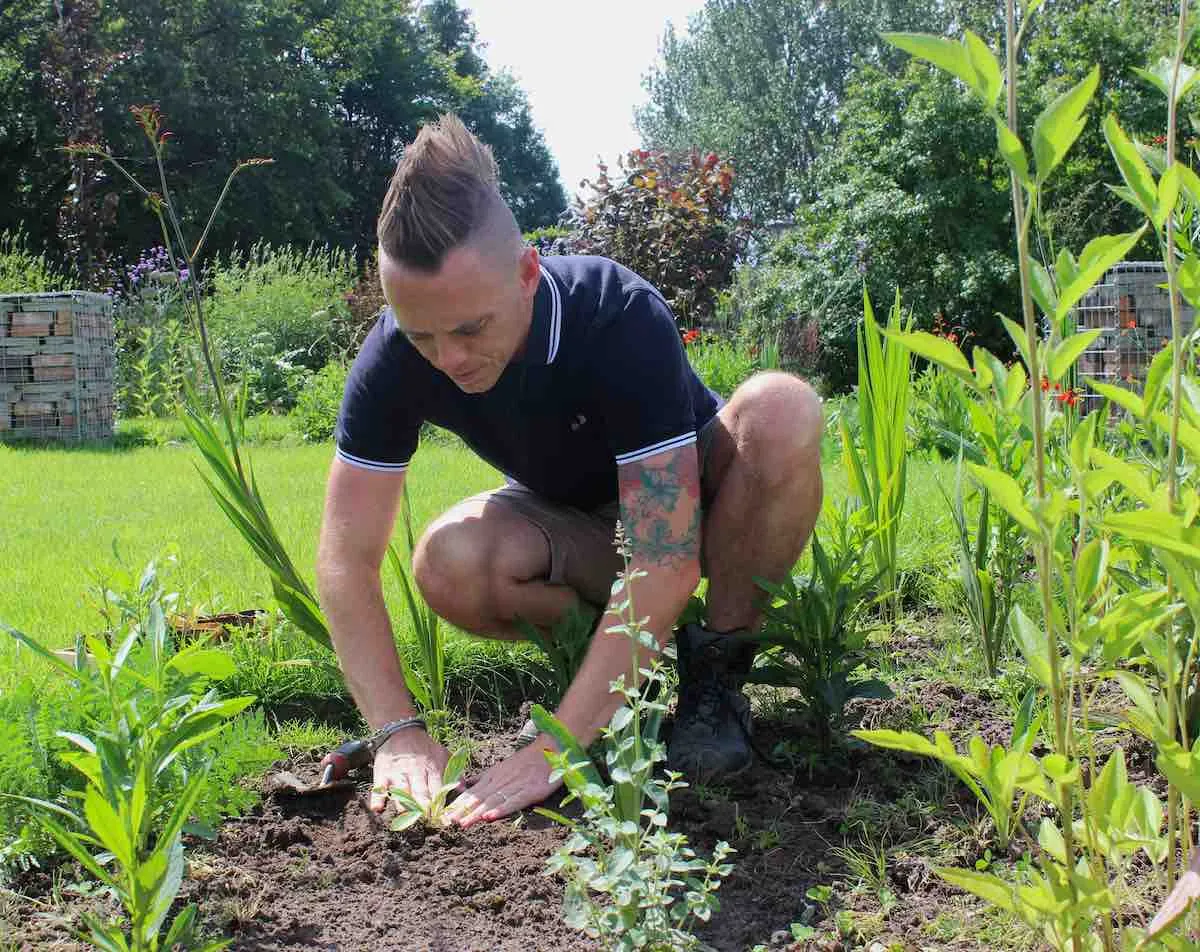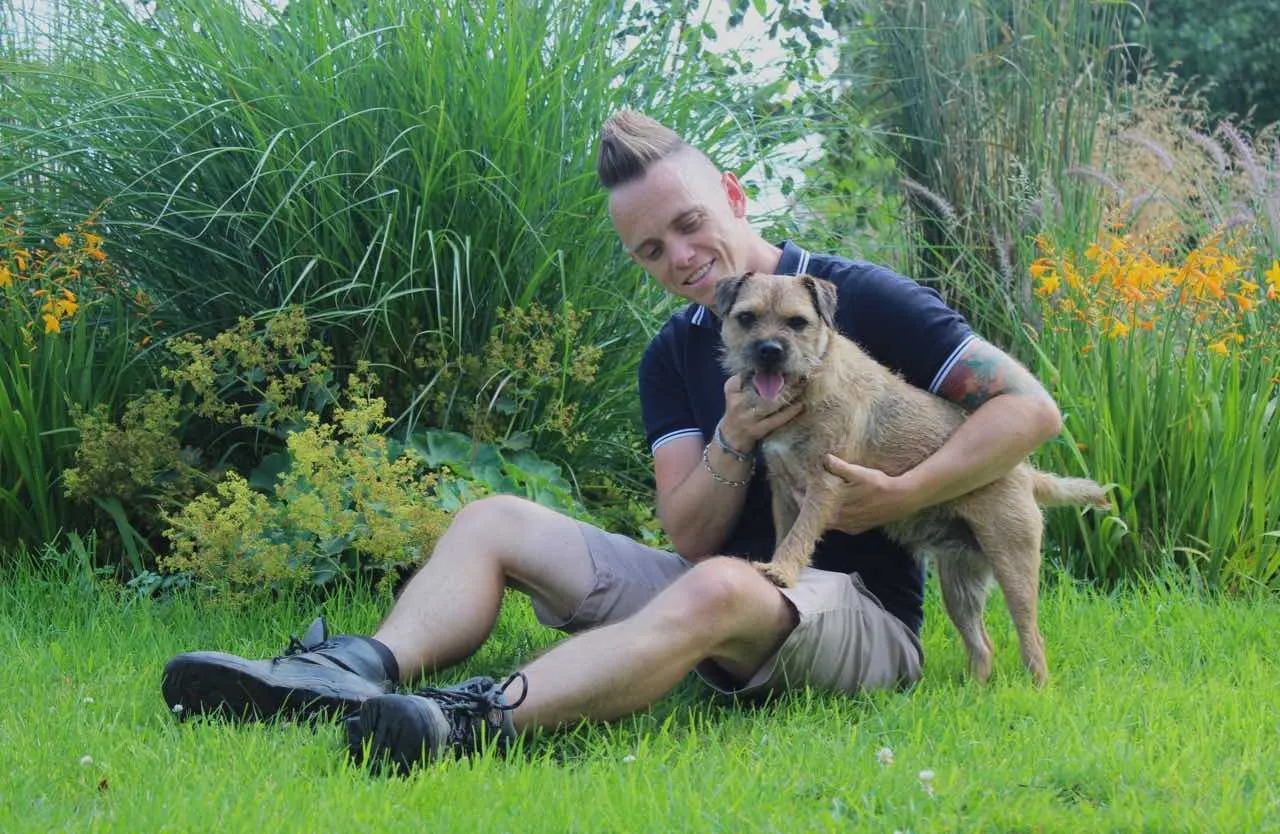Hi @tabirae
Welcome to the Garden Ninja community and congratulations on getting back into gardening! It's brilliant that you're thinking about both wildlife safety and pollinator support. The good news is there are loads of fantastic plants that tick both boxes perfectly, and throughout my site, you'll find I feature a mix of different plant types specifically for this purpose.
Understanding Your Soil First
Before diving into specific plant recommendations, I need to emphasise how crucial it is to understand your soil type first. This is the fundamental building block of any successful garden, and it's especially important when creating pollinator gardens because different soil types support different plant communities.
You can work out your soil type in just a few minutes by grabbing a handful of damp soil and squishing it together. Sandy soil feels gritty and falls apart in your hands, clay soil is sticky and fudgy like playdough, whilst silt feels fine and soapy when rubbed between your fingers. This simple test will guide every plant choice you make and save you years of heartache trying to grow plants that simply won't thrive in your conditions.
https://youtu.be/SL8qCL_fGeM
Understanding Pet-Safe Pollinator Plants
Creating a garden that's safe for pets whilst supporting bees and butterflies is absolutely achievable and actually quite straightforward once you know which plants to focus on. Many of the best pollinator plants are naturally non-toxic to dogs, cats, and other garden visitors, which makes designing these dual-purpose gardens much easier than you might think.
The key is choosing plants that have evolved alongside pollinators for thousands of years, as these tend to be the most reliable nectar and pollen sources whilst generally being safe for mammals. Native plants are particularly excellent choices because they've co-evolved with local pollinators and are typically well-tolerated by animals in your region.
Top Animal-Safe Pollinator Champions
Some absolute winners for animal-safe pollinator gardens include sunflowers, which are entirely safe for pets and absolutely beloved by bees and butterflies. Zinnias are another fantastic choice they're non-toxic to animals and provide nectar from spring right through to the first frosts, making them incredibly valuable for pollinators.
Marigolds deserve a special mention as they're not only safe for pets but also help repel some garden pests whilst attracting beneficial insects. Cosmos are similarly excellent, creating clouds of delicate flowers that butterflies adore whilst being completely harmless to curious pets who might take a nibble.
For perennial options, consider plants like bee balm (Monarda), which, as the name suggests, is fantastic for bees, or native salvias, which are both pet-safe and incredible pollinator magnets. Purple coneflowers (Echinacea) are another brilliant choice, providing nectar for pollinators and seeds for birds whilst being safe for pets.
Creating Pollinator Pathways
The real magic happens when you create 'pollinator pathways' through your garden using these safe plants. This means ensuring you have something blooming from early spring right through to late autumn, giving pollinators a consistent food source throughout their active seasons.
Early bloomers like crocuses and snowdrops (both pet-safe as long as you don't let your pets eat the bulbs) can provide crucial early nectar when little else is available. Mid-season plants like lavender, catmint, and native wildflowers keep the buffet going through summer, whilst late bloomers like asters and goldenrod help pollinators prepare for winter.
https://youtu.be/xUaj1GFaGFU
Getting Specific Advice for Your Garden
Whilst I feature a mix of different plant types throughout my site, specifically for creating these wildlife-friendly, pet-safe gardens, every garden is unique with its own specific conditions and challenges. If you'd like something tailored specifically to your southeastern US garden, you might want to consider booking a one-hour consultation with me through my garden design services.
During a consultation, I can provide specific plant recommendations based on your exact location, soil conditions, and the particular pets you're hoping to keep safe. The southeastern US has some absolutely fantastic native plants that would be perfect for your goals, and a consultation would allow me to give you detailed guidance on creating the most effective pollinator garden for your specific situation.
Further Reading on Wildlife-Friendly Gardens
For more comprehensive guidance on creating gardens that support both pollinators and pet safety, explore these helpful resources from around my site:
The wonderful thing about this type of gardening is that once you get the plant selection right, these gardens tend to be quite low-maintenance whilst providing enormous benefits for local wildlife. You're embarking on a really rewarding gardening journey that will bring joy to both you and the creatures that visit your garden.
Happy gardening!
Lee Garden Ninja
 Lee Burkhill: Award Winning Designer & BBC 1's Garden Rescue Presenters Official Blog
Lee Burkhill: Award Winning Designer & BBC 1's Garden Rescue Presenters Official Blog



